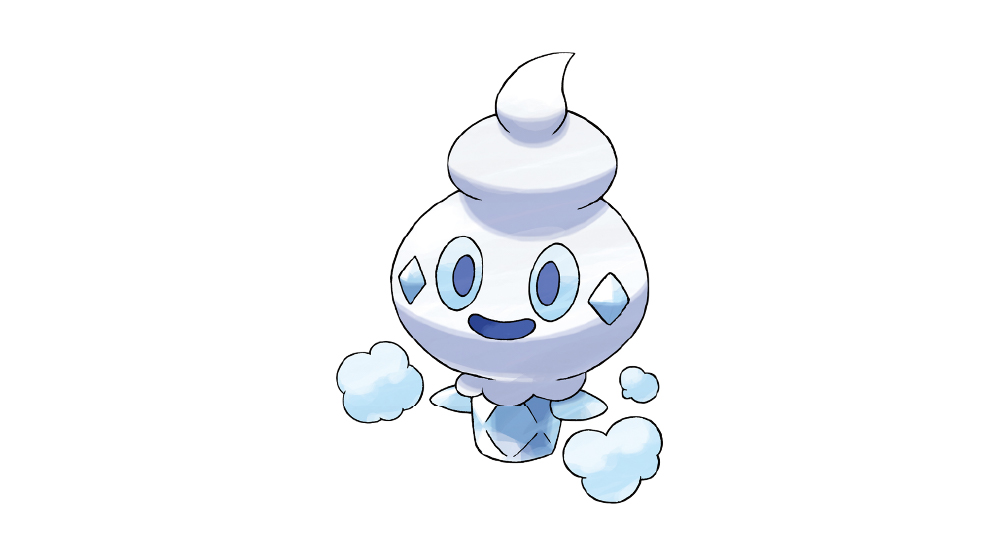Pokémon Part 01 – The Meanings of Pokémon’s Names in Various Languages
|
Font size:
Pokémon has been around for much longer than you think.
The first generation of Pokémon games was released in 1996, making them almost 26 years old. Those pocket-sized monsters continually evolve from generation to generation – as do the game’s graphics and unique Pokémon count – and with that come the many challenges of localizing the games to over 20 languages
There are currently 905 unique Pokémon versions; with the newest pair of games, Pokémon Scarlet and Violet, launching later this year, the current total of Pokémon will easily exceed the 1000 mark. That’s a mindboggling number of not only monster names to translate, but each of their special attacks, regional forms, locations, and, of course, the entire dialogue for each of the characters.
Let’s turn back our caps and look at some of the more exciting names translators had to create for some of the Pokémon series.
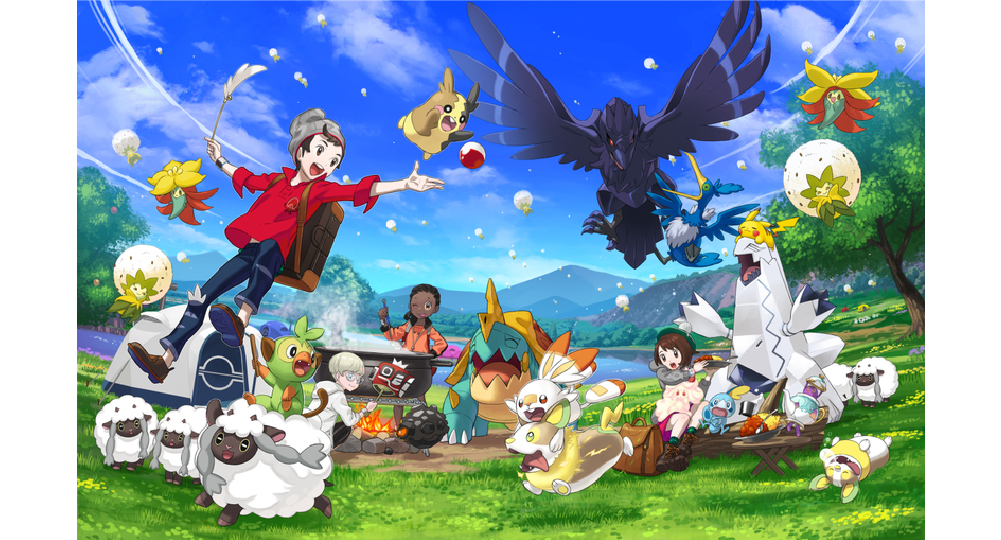
A Brief History of the Pokémon Game Series
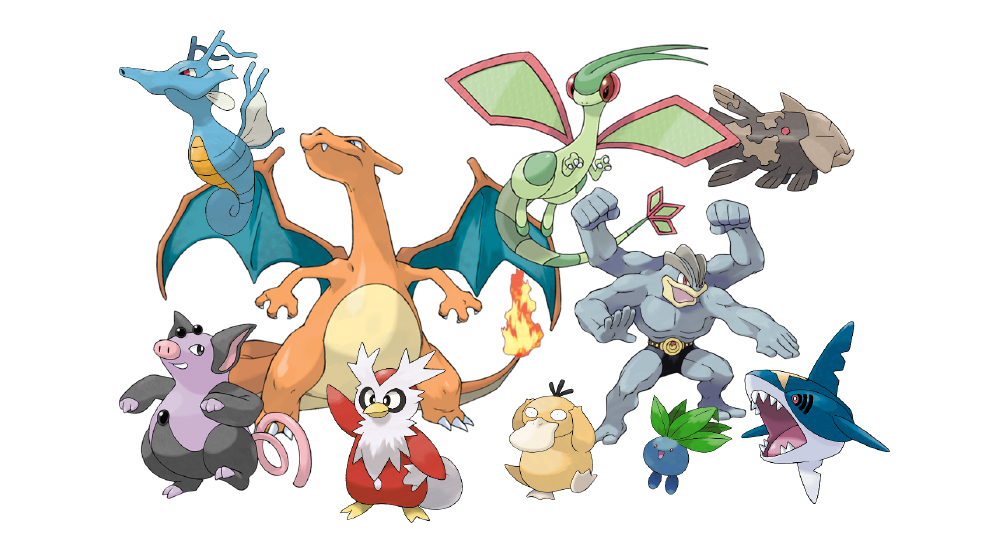
There are Portmanteaus everywhere
Different names, same Pokémon
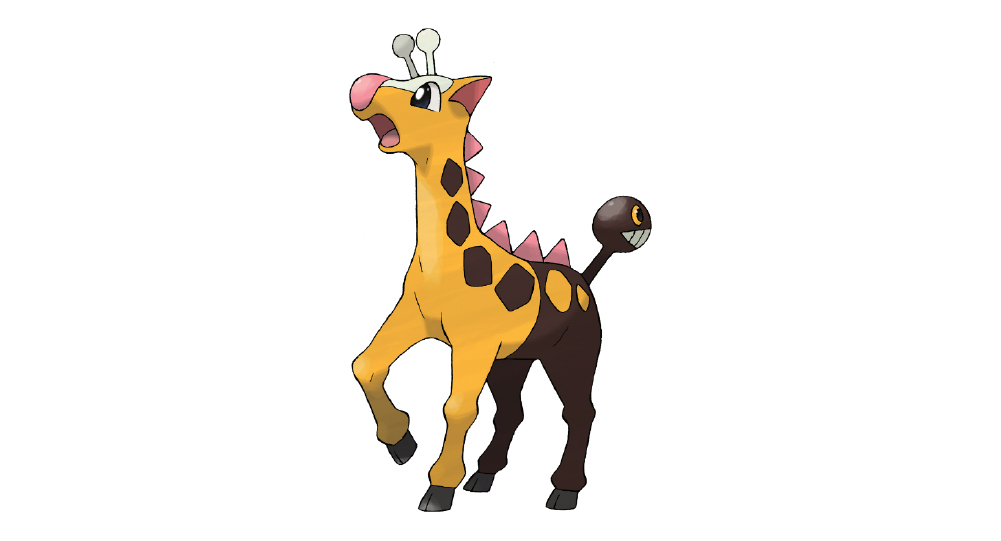
Girafarig
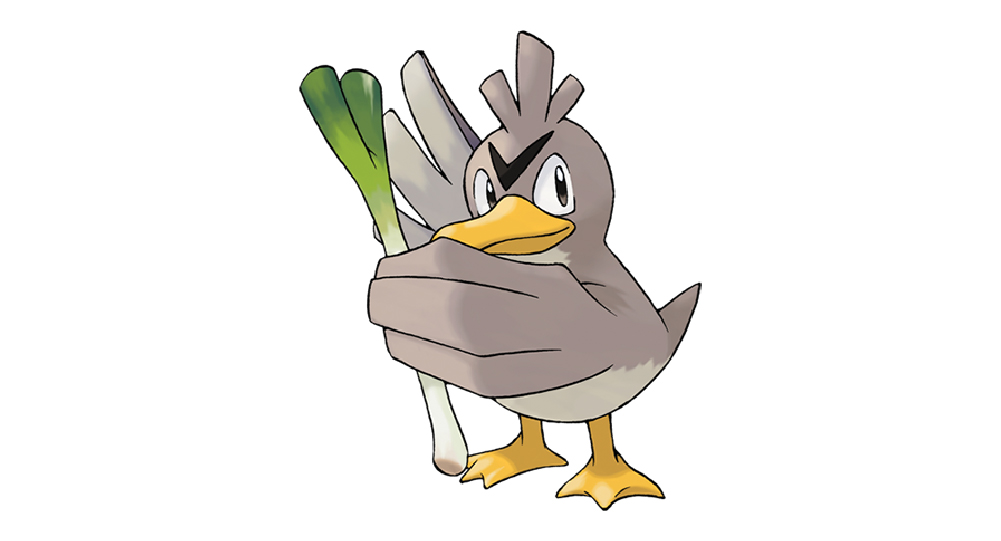
Farfetch’d
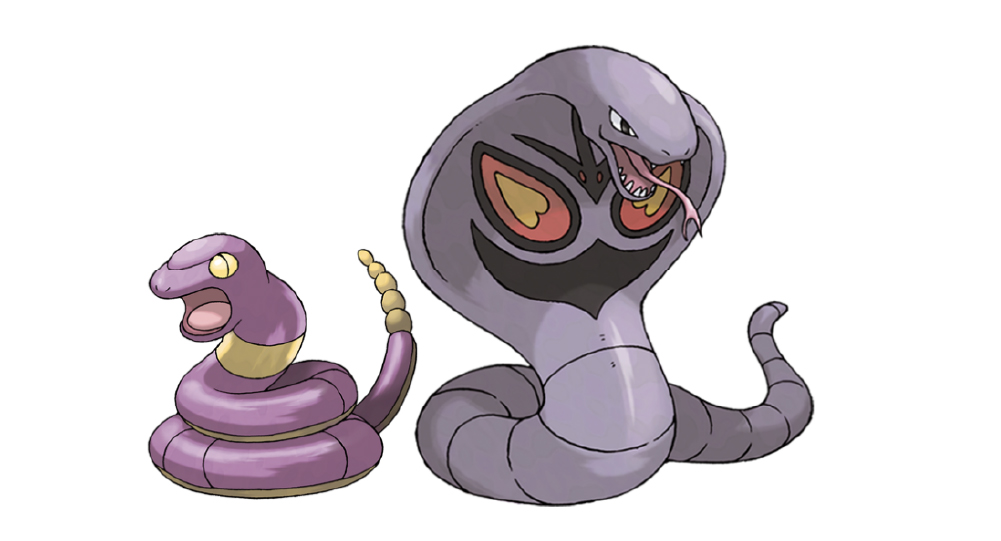
Ekans and Arbok
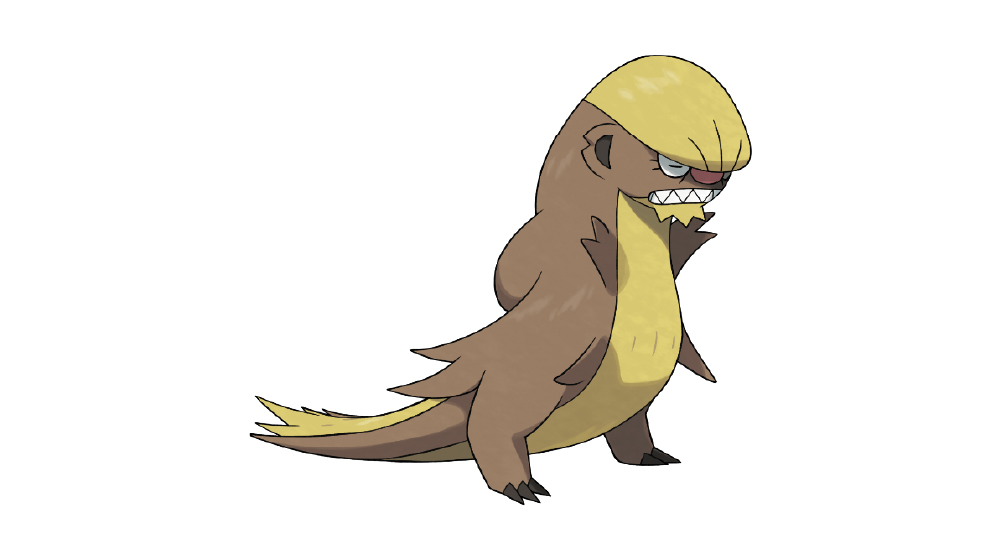
Gumshoos
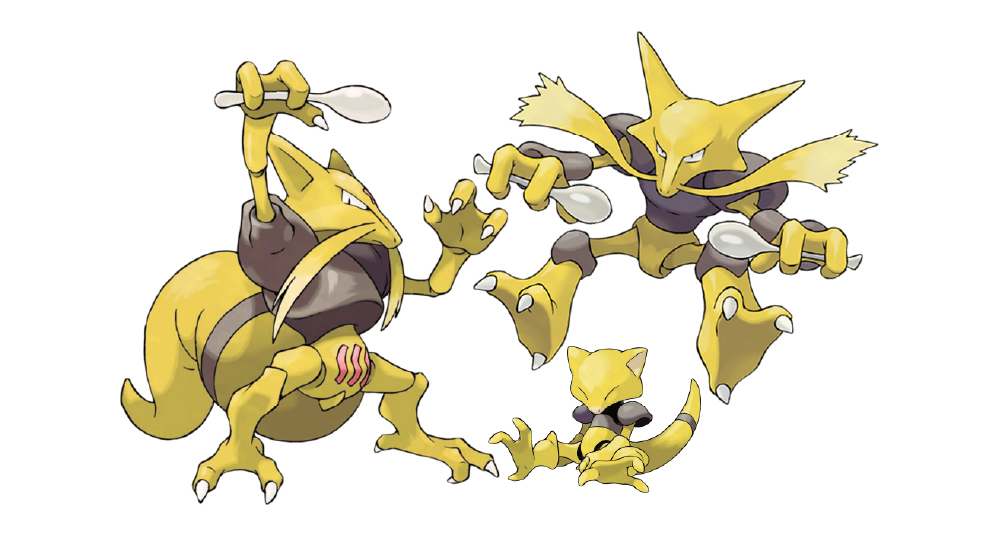
Abra, Cadabra and Alakazam
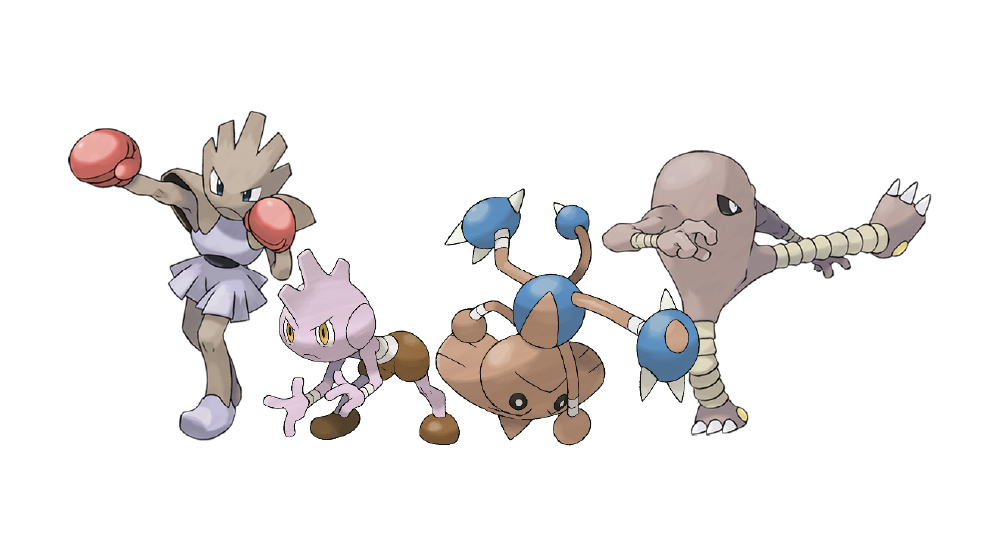
Tyrogue, Hitmonlee, Hitmonchan and Hitmontop
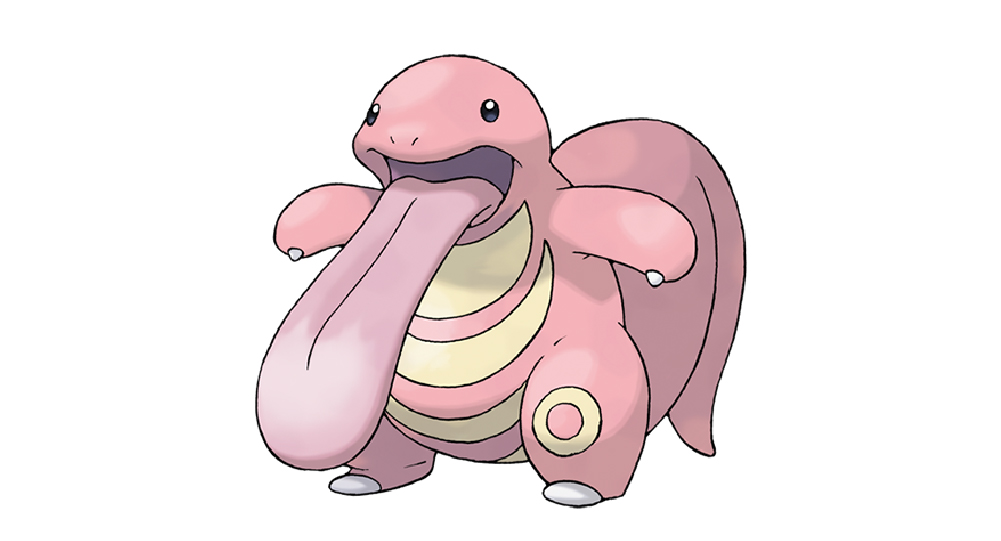
Lickitung
